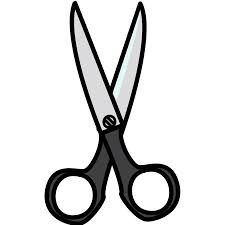Today’s news shows that retail sales fell 0.5 per cent in May, the largest monthly fall since March last year. Making the result all the more disconcerting is that it follows two months of no growth (-0.1 per cent and 0.0 per cent respectively). So weak are the recent monthly numbers that it now seems certain that real retail trade will fall in the June quarter and will subtract from GDP growth. With one month of retail data still to be published, it appears that real retail sales will fall about 0.5 per cent in the June quarter.
The building approvals data remained off the boil despite the 9.9 per cent rise in May. Context is everything and that rise in approvals follows three months of data which saw a cumulative 15.9 per cent fall in dwelling approvals. In other words, the trend is weak. While the lag between approvals and activity is a month or two, it seems that dwelling investment’s contribution to June quarter GDP will be close to zero.
The international trade data yesterday were another unpleasant read. A large trade deficit, falling export values and solid import levels point to a less favourable contribution to GDP from net exports, although it must be noted the move from nominal trade data to volume estimate is difficult to judge at the best of times and now with commodity prices falling, volumes of some items seemingly strong and the Australian dollar moving higher, it is very difficult to pin point trade volumes until we see that ABS data in a few months. Either way, net exports are unlikely to be adding much to bottom line GDP in the June quarter.
The trade data fit with the RBA index of commodity prices which is falling at a alarming rate in recent months after a more stable period late in 2013 and early 2014. The better look for the world economy is not translating to commodity price levels.
The data flow on these top tier indicators are hinting that growth and inflation tapered in the June quarter. We also know that employment growth has stalled in recent months, wages growth is at record lows and the Australian dollar is now too high. It would be wrong to get too carried away with the prospect of negative or even zero GDP growth and 0.5 per cent underlying inflation in the quarter, but these trends will need to be temporary if it is to stop the RBA moving to cut interest rates.
Indeed, it now seems very clear the RBA is worried about the economic mix at present and the dovish announcement after yesterday’s Board meeting has it on a fairly clear easing bias.
Next week’s labour force data and the June quarter CPI news later in July are obviously vital. Soft results in these will make the August meeting of the RBA Board “live” to a rate cut.
Actually, it’s not premature to suggest a Q2 zero growth figure. Government consumption and investment has been trending down; household consumption has been thumped and volumes are likely down; business investment is already tumbling, the sharp trade deficit reversal is suggesting falling volumes and negative net exports. We’re left with inventories, which could anything, to drive growth.
You already know I’m betting an October cut with a bias towards earlier.


